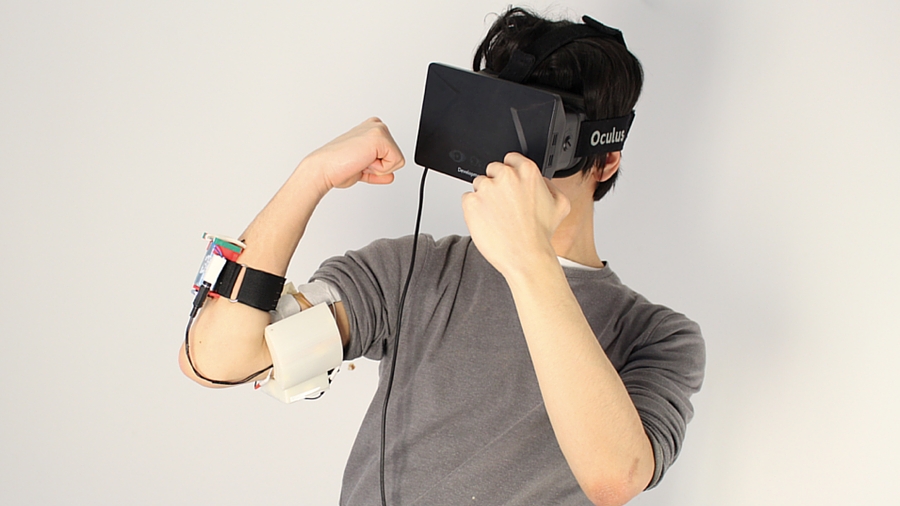Let's get physical: Why proper virtual reality needs to incorporate touch
We're headed for a Metaverse, but only if haptic hurdles are overcome

The latest virtual reality headsets offer 360 degree video that reacts to your motion. Seeing yourself interacting with a different reality is awesome, but it's only a start – we all experience the world using five senses, namely sight, hearing, touch, taste, and smell. Neurologists identify many more within the senses; for example, your skin can detect heat, cold, pain and pressure – and there are many more.
The conclusion? That virtual reality head-mounted displays like Oculus Rift, PlayStation VR and HTC Vive are basic, dumb devices that concentrate only on sight. What virtual reality needs to be at all convincing is haptic technology – the science of touch.

What is haptic technology?
Virtual reality is too passive; seeing your surroundings is only immersive in the most basic sense. To truly believe you're there – a virtual reality – requires a physical dimension. This is haptic technology, the science of touch, and it's a blend of software and hardware. Apple has tried it in a basic sense with its Taptic Engine, which powers the Force Touch ability of the Apple Watch's vibrating notifications, and the trackpads of its latest MacBook Pro line-up.
That's definitely a start, but what virtual reality really needs is physical feedback. That's exactly what a team at the Human Computer Interaction lab of the Hasso Plattner Institute in Potsdam, Germany has been working on with 'impacto', a device designed to mimic the sensation of hitting, and being hit, in a virtual reality. It's time to get our boxing gloves on.

How does impacto work?
A small, self-contained, wireless and eminently wearable device, impacto is all about both tactile and electrical muscle simulation. If you're hit during a VR game, for example, impacto will tap your skin and add impulse by using electrical muscle stimulation to thrust your arm backwards. Keppow!
"Impacto is designed to emulate the sensation of something colliding with you, like being hit or hitting something," says computer scientist Pedro Lopes, a PhD student at the Human Computer Interaction lab, who describes it as offering only a special category of touch. "Impacto certainly adds a realism to virtual reality, such as when you are immersed in a sport simulator," he says, offering juggling a football as an example. "It's fundamentally different from only seeing (the ball) … we added a sense of impact."

Could it work on other body parts?
Absolutely; impacto – which operates wirelessly and on battery power – is modular and works well for other parts of the body. "We have developed impacto to demonstrate the future of post-wearable devices that connect directly to the human body, in this case to the muscles," says Lopes. "We have demonstrated it attached to not just the biceps in the boxing simulator, but also to the calves for a soccer ball juggling simulator, and to the wrist muscles in a baseball simulator." There's a great demo on YouTube here.
Are you a pro? Subscribe to our newsletter
Sign up to the TechRadar Pro newsletter to get all the top news, opinion, features and guidance your business needs to succeed!
- 1
- 2
Current page: Introduction and haptic technology
Next Page Embracing more senses and the MetaverseJamie is a freelance tech, travel and space journalist based in the UK. He’s been writing regularly for Techradar since it was launched in 2008 and also writes regularly for Forbes, The Telegraph, the South China Morning Post, Sky & Telescope and the Sky At Night magazine as well as other Future titles T3, Digital Camera World, All About Space and Space.com. He also edits two of his own websites, TravGear.com and WhenIsTheNextEclipse.com that reflect his obsession with travel gear and solar eclipse travel. He is the author of A Stargazing Program For Beginners (Springer, 2015),
